Getting Friends to Draw Steel
A tutorial walking you through introducing new players to Draw Steel. Including a download with the resulting "adventure" and six premade characters
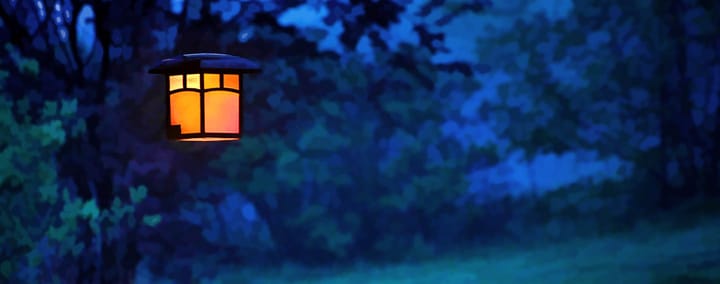
The topic of how to best introduce Draw Steel to your gaming group came up the other day, and while every group is different, I have landed on a technique that works for my friend groups. So here's a bit of a tutorial walking you through my process of preparing to demo Draw Steel.
Don't be a salesperson
You have to believe Draw Steel is fun and sells itself. My strategy is focused more on getting people to sit down and play the game; with the least amount of overhead as possible. Don't attempt to sell your friends on the game beforehand, or even tell them much about the rules before they're sitting at the table. Simply say, "Hey, I want to show you a new game/TTRPG next week, it will be a quick two hour thing. Just show up, I'll handle everything. Let's pick a date."
I use Rallly to find times that all of my friends are available to hangout if we aren't already consistently playing games together. It really streamlines the "who is available when" process.
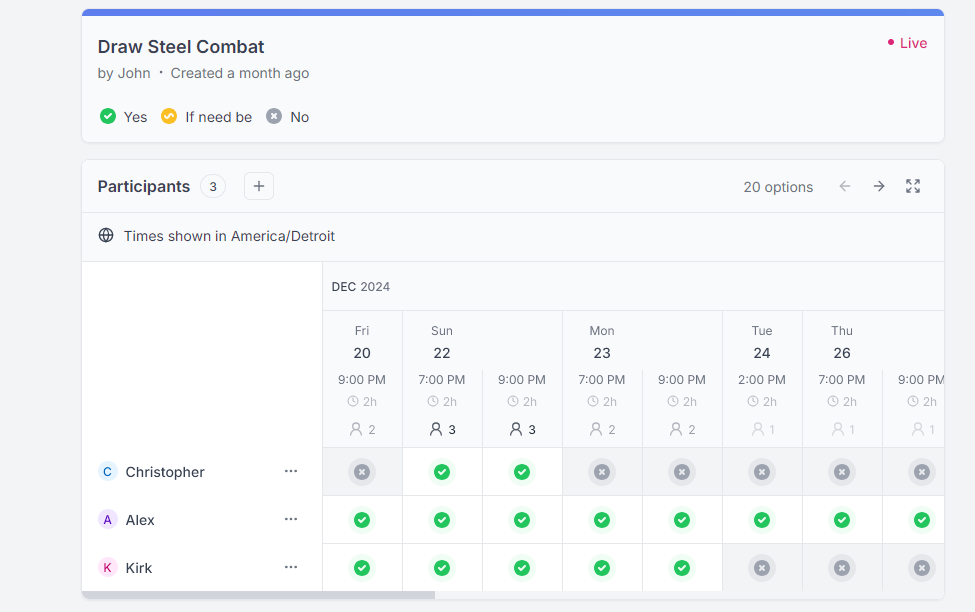
Preparing for the session
Once you have a date for your demo session you need to actually figure out what you're doing! Currently there's no official introduction adventures for you to borrow from, so we'll have to make our own.
Characters
While Draw Steel does have some really cool and in depth character creation choices, it can be very overwhelming for someone unfamiliar with the system. Not to mention doing character creation at the table drastically increases the amount of time you and your players would need to spend in order to simply start playing the game. So instead create some pregenerated characters for them to use! Once they're hooked on the system, you can go back and do character creation in a future session.
I use some community created tools to breeze through character creation.
First I use Andy Aiken's Forge Steel to create six level 1 characters. This tool walks you through character creation, and with a few clicks you have a whole character sheet filled out! I don't pay too much attention to the culture section when making these pre-generated characters, as I know this session will be mostly focused on combat and not in depth roleplay.

Once I have all of the stats and abilities for my six heroes picked out in Forge Steel, I copy all of the data into either the official Draw Steel character sheet, or I rebuild them with MrMattDollar's Character Sheet Toolkit (shout out to F1zz3r for converting a couple of characters for me).
Technically Forge Steel can export its own digital character sheets as static PDFs, but that output is a bit clunky at the moment. I also prefer to simplify things for my first time players by omitting much of the non-combat abilities (the bulk of the culture and background stuff, along with any respite and downtime related abilities). No need to burden them with a ton of information they wont get to use!
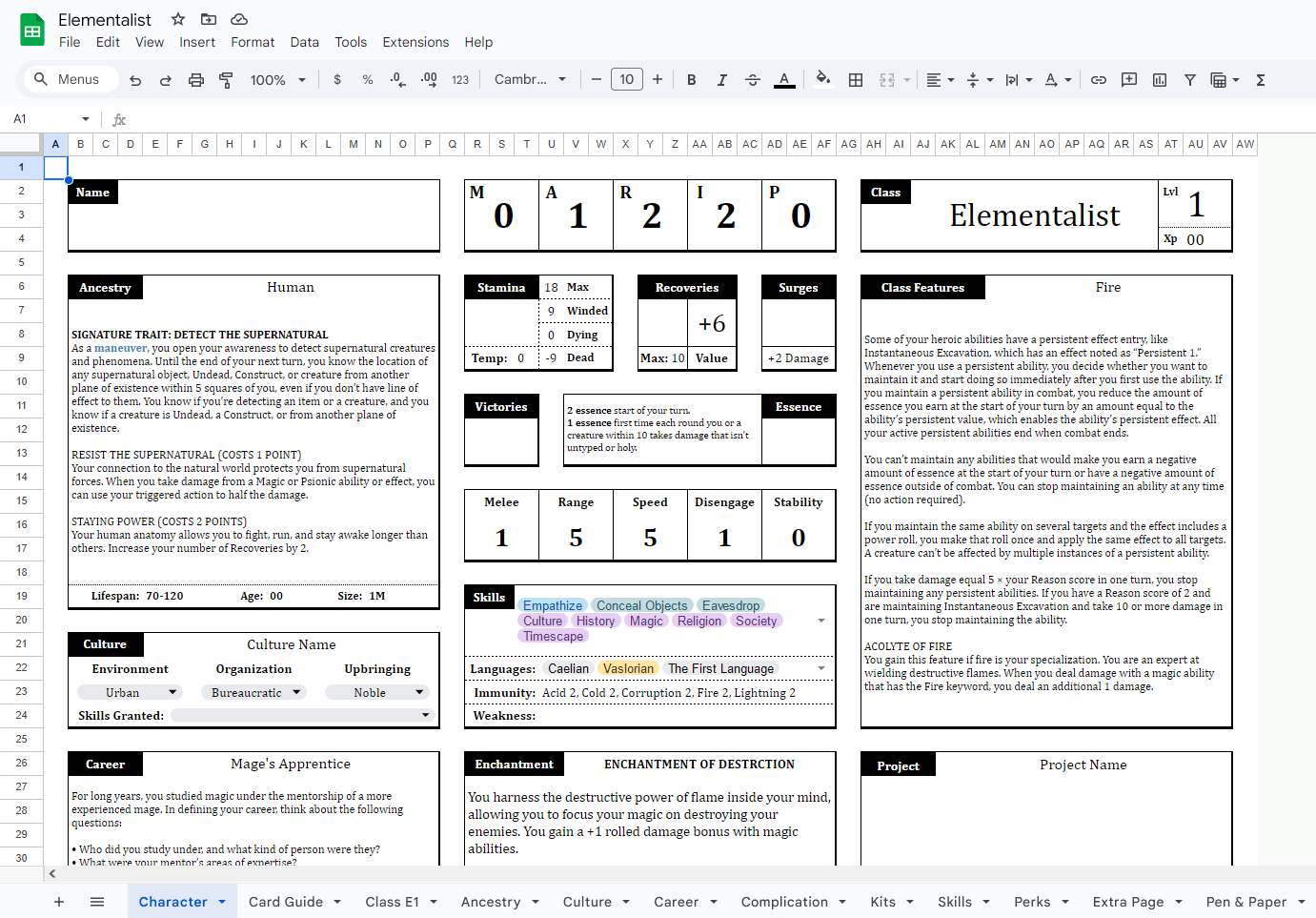
The characters you make for this introduction game can be any ancestry and class combination, there's not really any wrong choices. I do however try to pick some of the simpler abilities, to help keep the number of things new players need to learn and track lower.
Listed below are my standard character choices, though I adjust them if I know a player would really enjoy something different:
- Dragonknight Vanguard Tactician
- Hakaan Berserker Fury
- Human Fire Elementalist
- Dwarf Life & War Conduit
- Polder College of Black Ash Shadow
- Wode Elf Skald Troubadour
Enemies
The goal of this introductory session is to showcase a simple, but fun, combat encounter. One where (hopefully) each player can feel like they did something cool within two or three hours of playtime. That means we want a fair amount of enemies so everyone can get some fun killing blows and feel important. Stay away from solo-monsters and pick a group that is suitable for level 1 heroes. Goblins or Undead are a classic choice.
For this adventure I'll go with goblins. Assuming I'll have five players at my table, I can do some quick encounter building math and come up with this group of enemies for a "standard" difficulty encounter:
- 8x goblin Runners (minions)
- 8x goblin Snipers (minions)
- 2x goblin Underbosses
- 2x goblin Cursespitters
- 2x goblin Warriors
If you have more or less players, you may want to adjust the number of monsters slightly.
The Map
You cant have a fight without a map! For introduction sessions like this I try to keep things relatively simple. No raging rapids, bottomless pits, or other complications that can take players out of the game or involve more complex systems.
This map from Tehox has plenty of elevation for our ranged goblins, and lots of stone walls to force-move creatures into for some damage.
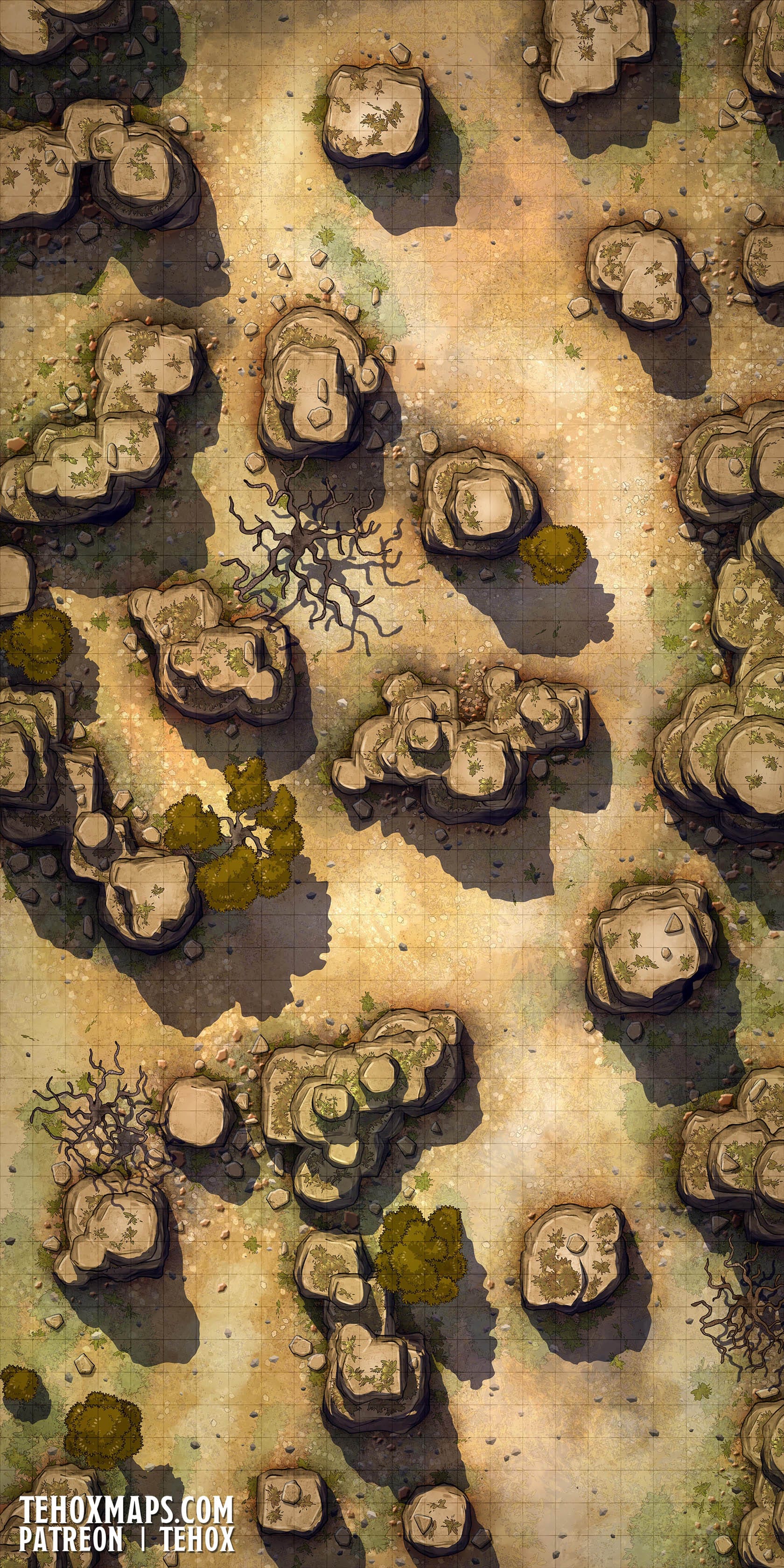
Plan the encounter
Map in hand you can plan your strategy. Define an area where you want the start of the fight to begin, and then take note of where you need to place your enemies and heroes to make that happen. This should be a relatively hot start, so don't require the heroes or enemies to run across the entire map just to start fighting—starting between six and ten squares away from the main combat zone seems to work out well in my experience.
For this map, I plan for the main engagement to occur between the two boulder outcrops south of the central dead tree. The goblins can be hanging out around that tree, so I'll place the heroes starting location on the opposite side of our designated main engagement zone, closer to the edge of the map. That way the two groups can meet in the middle. I split the goblin Snipers into two groups of four, and place them atop two high boulders; close enough that at least one group can fire upon the heroes' starting location. Similarly the Cursespitters can go atop some other boulders where they're hard to reach. The remaining melee goblins can start on the ground, ready to charge out and harass the heroes. I know the goblins can climb well, so they can make use of the boulders to duck in and out of range.
Adding a dash of drama
To drive home some urgency, and a chance for the players to feel heroic, you can steal a page out of James Introcaso's book and throw some innocent civilians into the fray! The heroes can come across the goblins explicitly being bad guys, so the they have a motivation to jump in and act. The civilians themselves shouldn't complicate the encounter too much; once the heroes arrive they can flee to safety. But they do provide a lever for the director to pull if need be...
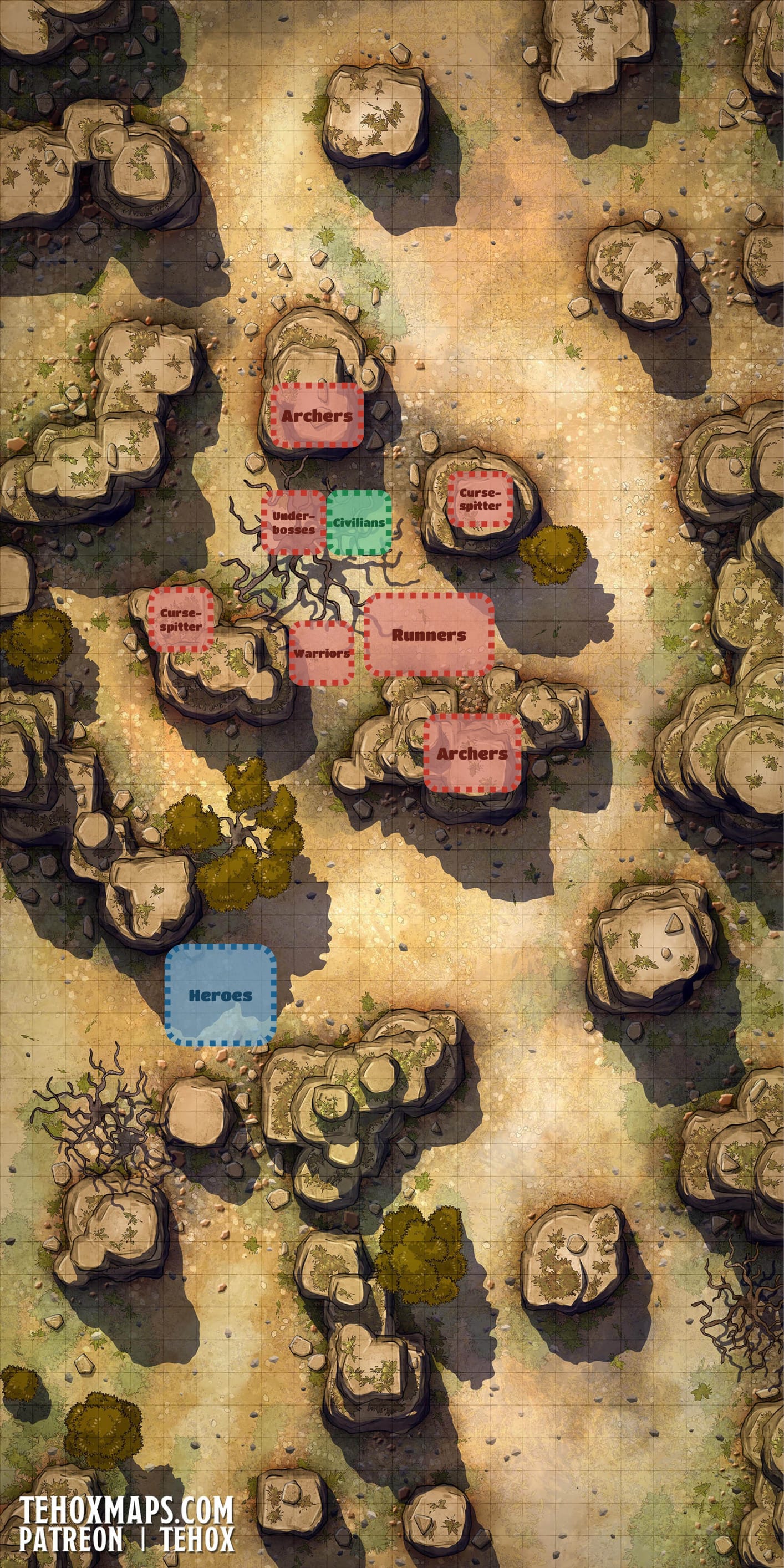
Every adventure needs some exposition
As far as a story goes, you don't really need much. The goal of the session is to let the players experience the system as fast as possible, focusing on a fairly simple combat encounter. There's not too much lore and background required; just enough to remind them they are heroes. This blurb should suffice to set the scene:
Hearing tales of goblins waylaying travelers along the road from Orlane to the Ruby Desert, our heroes have set out to make the road safe once more. After a few days of travel, the rolling green hills turn to barren rocky outcrops. The road twisting and turning through towering boulders. Rounding a corner, you see a group of goblins rifling through a pile of backpacks. A man filled with arrows lies dead a few paces away. Crimson blood slowly trickling across the dry earth towards the feet of three more travelers—frozen in fear as they watch the goblins loot through their belongings. Noticing you, the goblins cry out in Szetch and ready their weapons to attack. Draw steel!
Is this the best box text to ever be written? No.
Did I run it past any of my editor friends? No.
Could it be shorter? Yes.
Does it have an em-dash? Yes.
Does it work perfectly fine for this situation? Yes.
Honestly, it's fine to omit this at your table. Some of my friends, for example, are totally okay with me showing up and saying, "here's some goblins for you to fight". But some people want a little bit of juice!
Running the game
With map, stats, characters, and a plan in hand, it's time to play!
When the players show up to the table (or online voice chat) you can give them a very quick high-level overview of the game while passing out the pregenerated character sheets for them to choose from.
This is a tactical game, where each character builds up a unique resource over time in order to do cooler and more powerful things. You can shove enemies into things to do damage, and positioning is very important. I have some premade character sheets for you all to pick from. The Tactician, they help allies move around and do extra attacks. The Shadow, think stealth assassin. Fury, a frontliner that throws enemies around. Elementalist, ranged magic user. Conduit, they heal and kill. Last there's the Troubadour, they buff allies and strike enemies.
If the players seem to be getting hung up on who wants to play what, remind them it's very low stakes and quick session, no wrong choices, and these characters are going to vanish into the void in a couple hours. Or, you can just make an executive decision for them and decide who's playing what. This is also a good time to let your players know about Jon de Nor's Stawl App glossary, which can help them find answers to things on their own if they're impatient.
As the players begin reading over their sheets, they'll naturally want to begin asking a lot of questions. Head them off by giving them a brief rundown of what they can do on their turn (an action, maneuver, and move action), what stamina is, how much they can move, how dying works, and how resource generation works. Don't try to explain the entire game. More answers and explanations can be handled once the first turn starts—when you can walk people through what their options are at that moment in time instead of trying to make them memorize all the rules in advance.
Once you're actually playing the game, you can explain more mechanics and systems as they naturally come into play. Things like edges, banes, surges, flanking, initiative, etc. But right now it's time to read that cringey box text, reveal the map, and Draw Steel!
The files
If you don't want to go through the work of building your own adventure and pregenerated characters, you can use mine! The zip file below contains [almost] everything you need to run the adventure:
- 1 "Adventure" PDF
- 6 Forge Steel character files
- 6 Character Toolkit character PDFs
- 1 Tehox map 24x48
- 1 Tehox map edited to show the encounter setup
